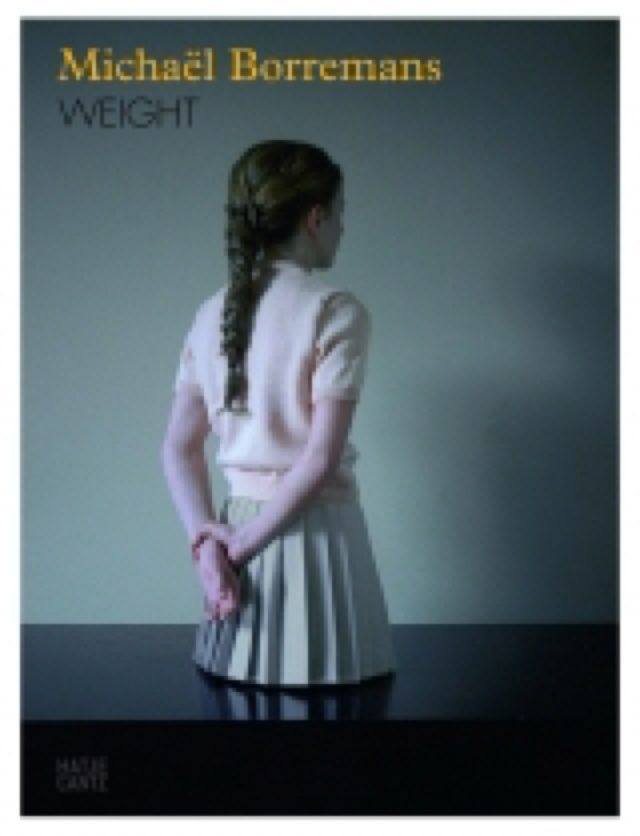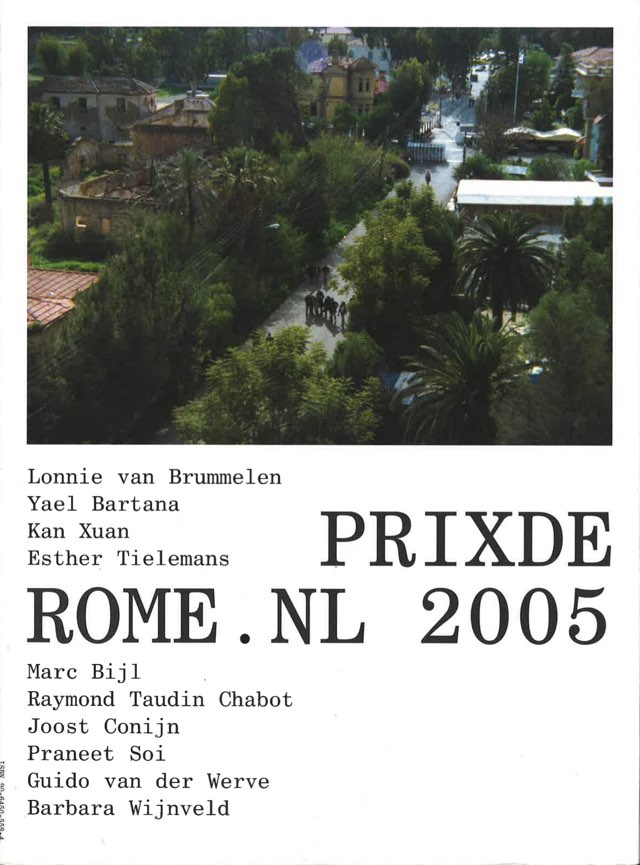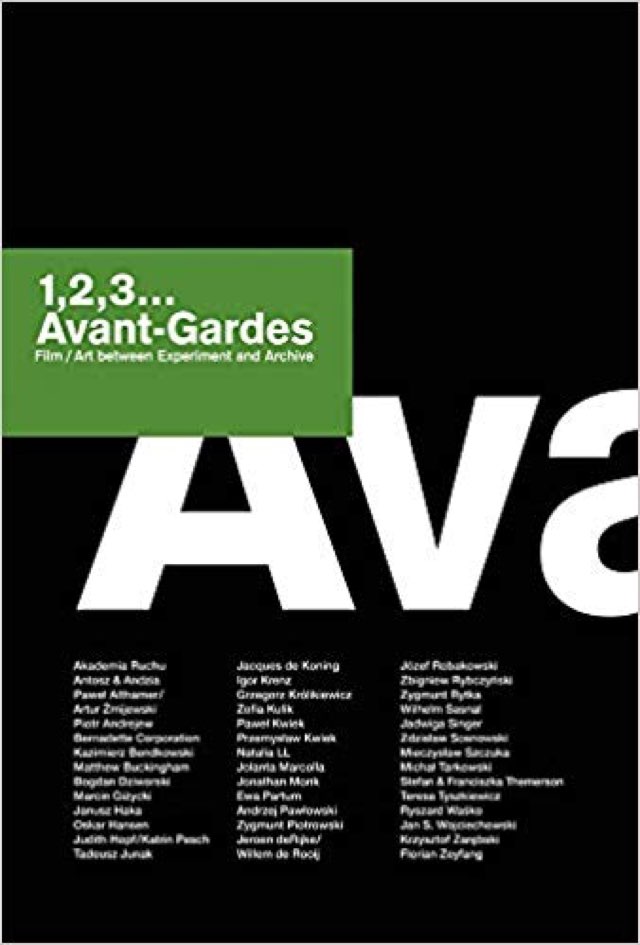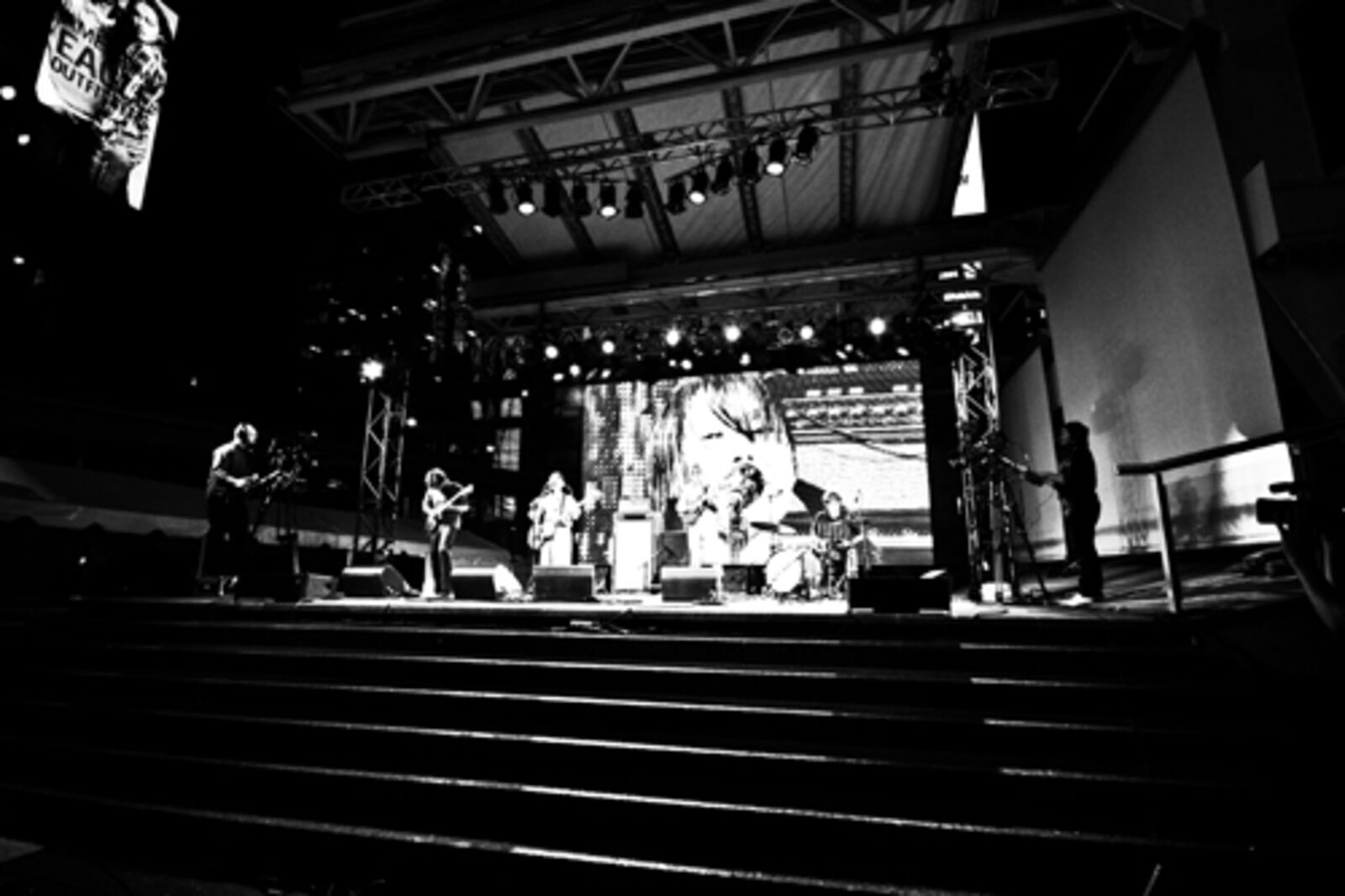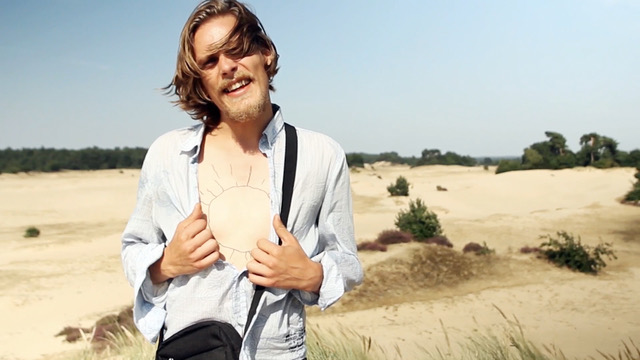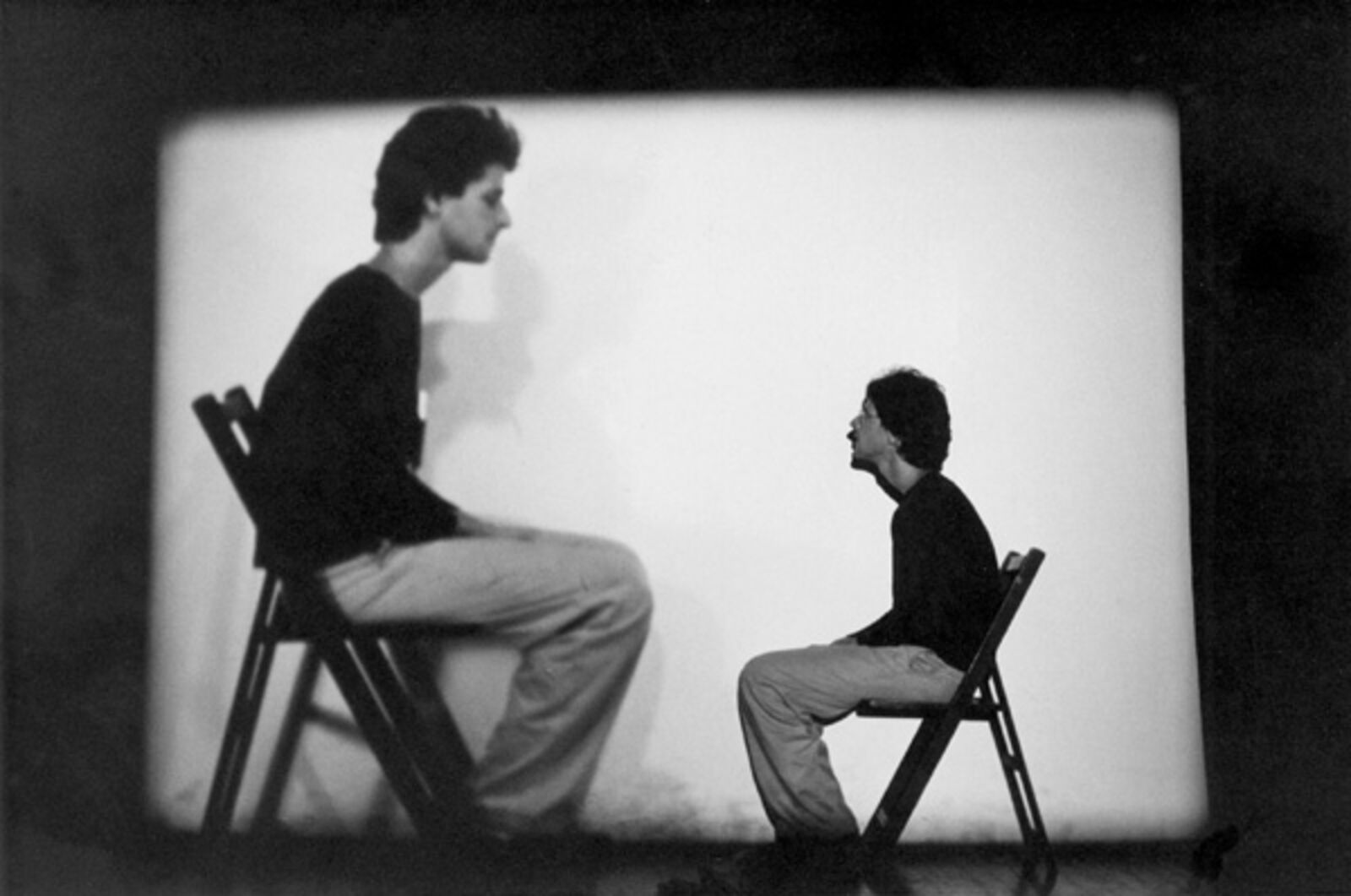Michaël Borremans "Veldwerk"
de Appel, Nieuwe Spiegelstraat 10, Amsterdam
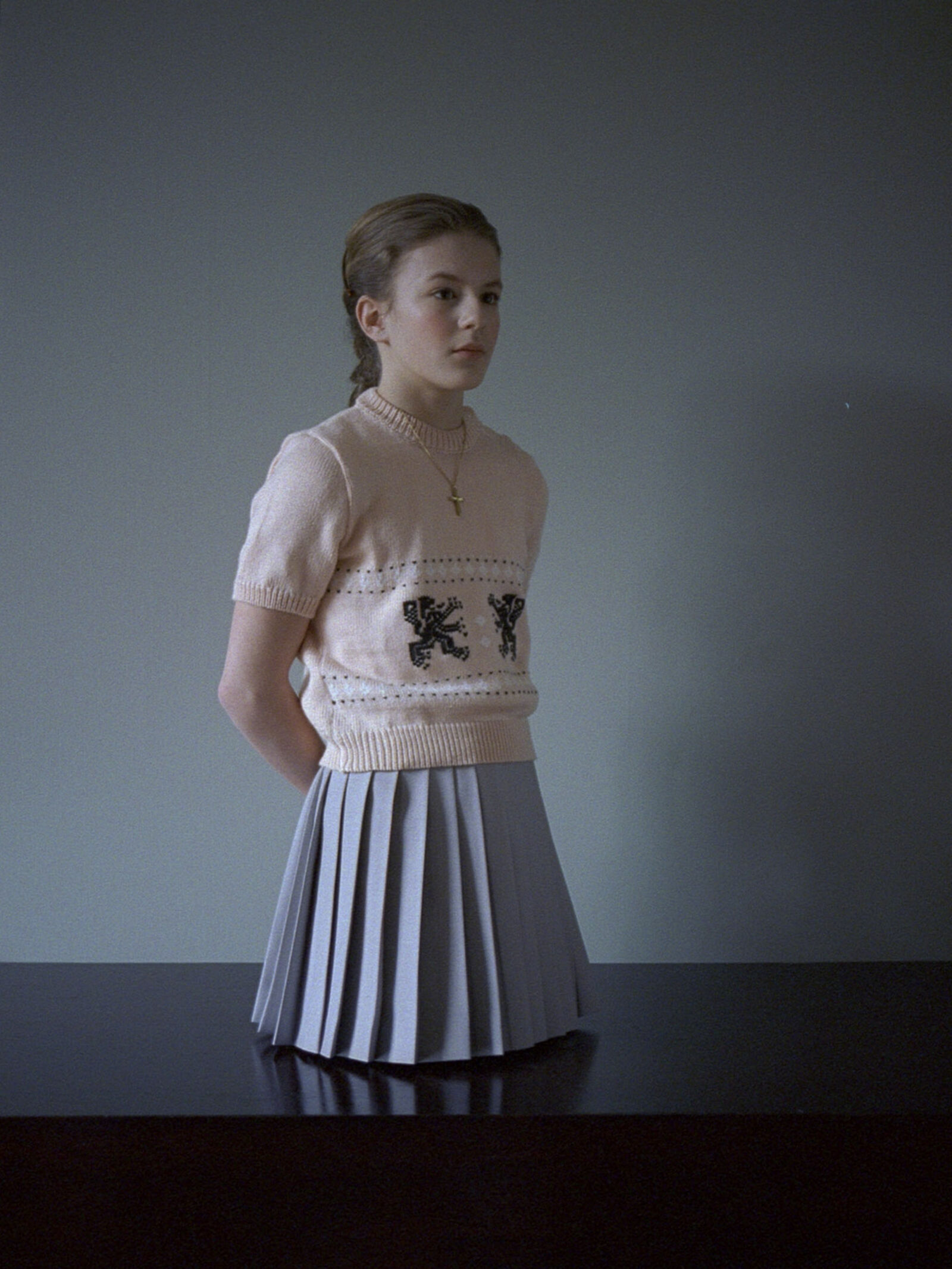
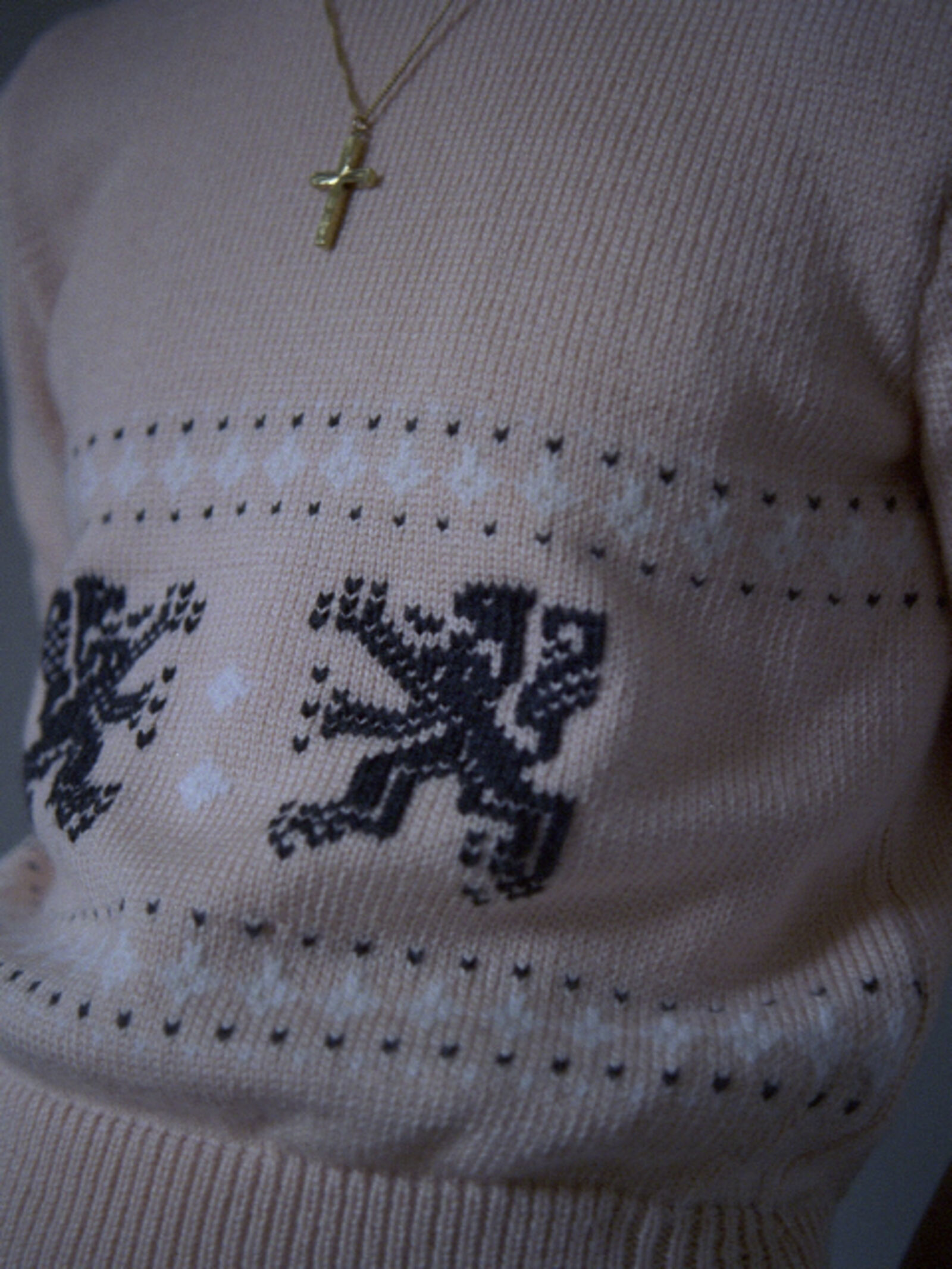
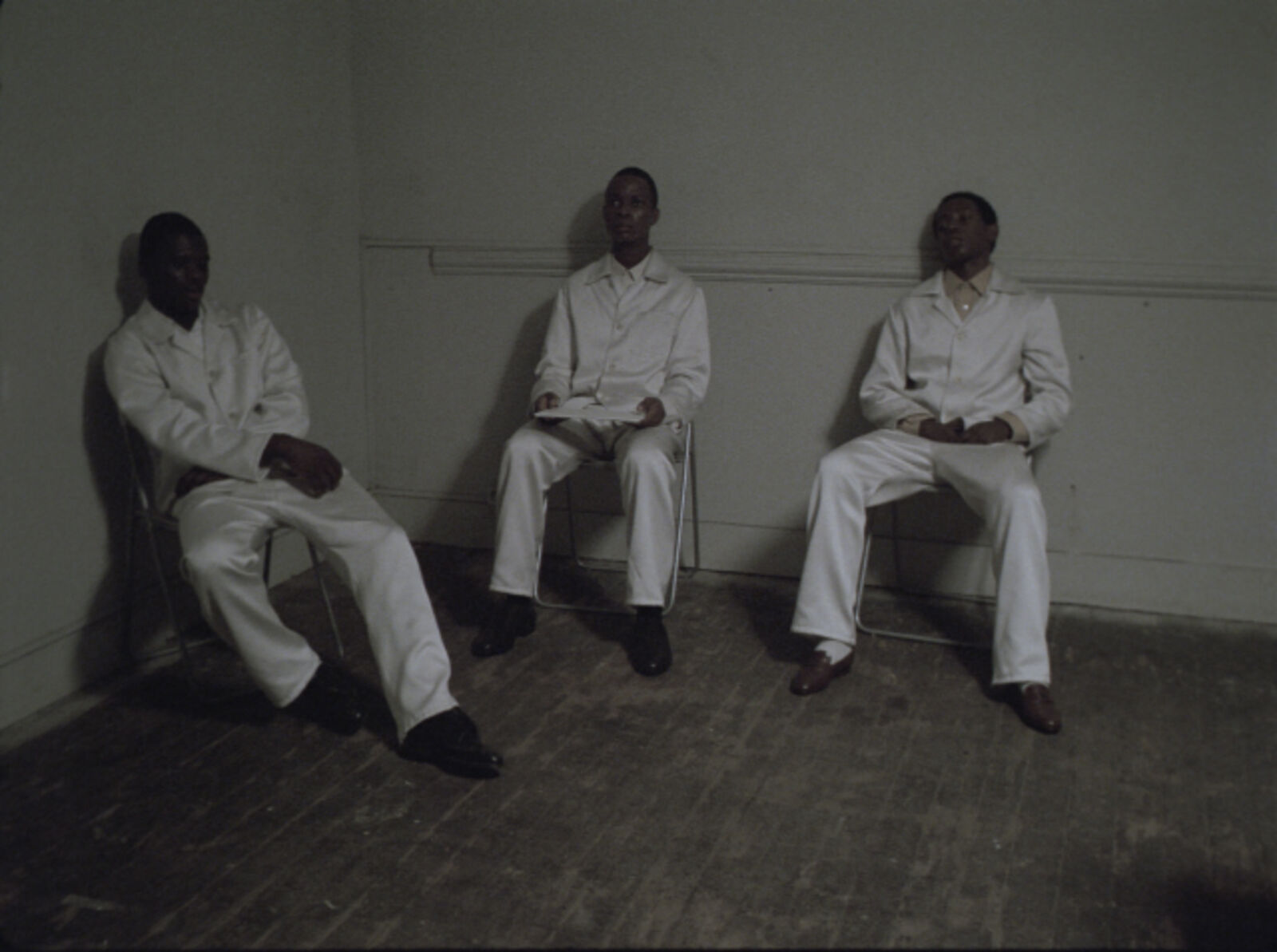
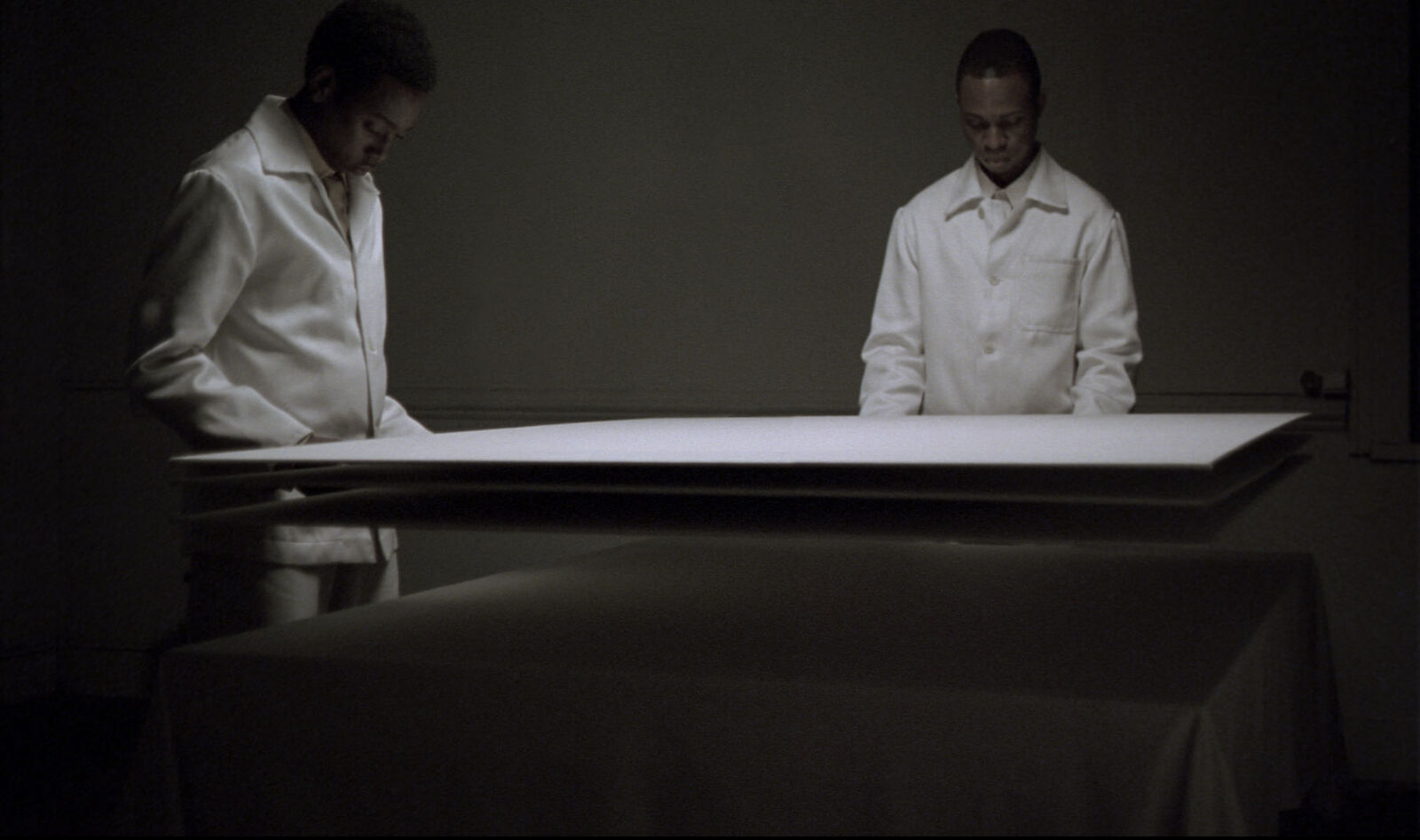
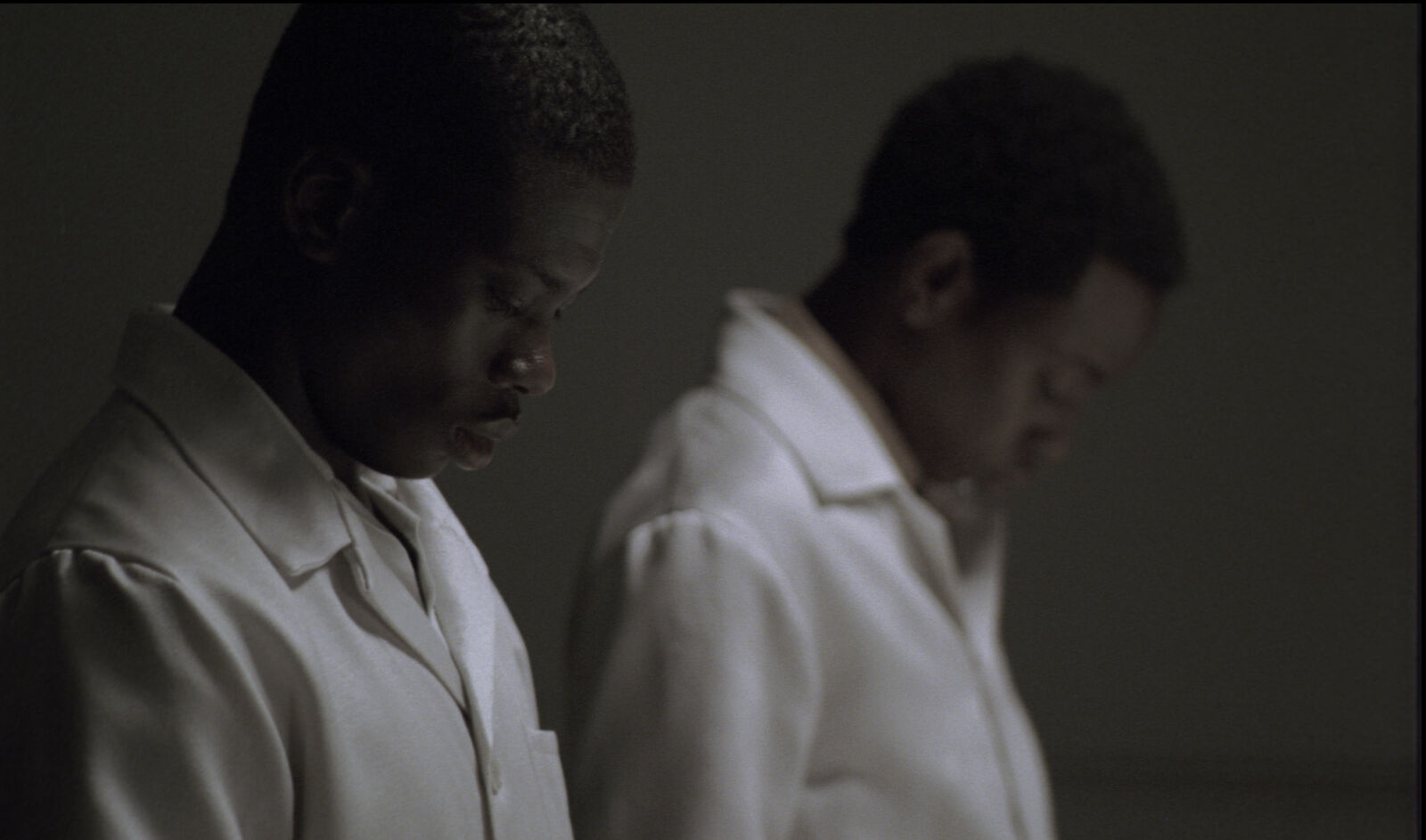
This autumn de Appel will show an unknown aspect of the oeuvre of Michaël Borremans (BE, 1963). Since the mid-1990’s Borremans has made a name for himself with absurd-ominous drawings and enigmatic- seductive paintings. The exhibition in de Appel counts as the international premiere of his cinematic oeuvre, on which he has been working quietly for some years. With insinuation and suggestion as the most important weapons, Borremans explores in these ‘moving paintings’ the divide between the recognizable, everyday world and an alienated ‘unreality’.
*****
Insinuation and suggestion are the most important weapons of the Belgian artist Michaël Borremans (Geraardsbergen, 1963). Although originally trained as a photographer and graphic designer, since the mid-1990s, Borremans mainly wields a paintbrush and has made a name for himself with absurd-ominous drawings and enigmatic-seductive paintings. He positions himself in a long art historical tradition (Goya, Courbet, Manet) and expresses contemporary concepts and feelings in a classically-oriented style of painting. Borremans has achieved international recognition with his paintings and drawings. Solo presentations of his work have been shown at, among other places, the Museum Für Gegenwartskunst in Basel (2004), the S.M.A.K. in Ghent (2004), the Cleveland Museum of Art, Ohio (2004), the Parasol unit foundation in London (2005), The Royal Hibernian Academy, Gallagher Gallery, Dublin (2005) and La Maison Rouge in Paris (2006).
From autumn 2007 de Appel will explore an unknown aspect of Borreman's oeuvre, namely the films on which he has been working on the quiet. A 'scoop' seeing as Borremans in an interview with journalist Els Fiers (Metropolis M, October 2005) stated: 'A painting is not a stationary image: it moves, it is a presence. Film is something I would still like to experiment with. I'm considering working with this medium although I might never exhibit the results.' The presentation in de Appel - from 8 September through 4 November 2007 - is Borremans first solo exhibition in The Netherlands, but also counts as the international premiere of his cinematic work. In January 2008, the exhibition will travel further to the venue of co-organiser Centro de Artes Visuais in Coimbra, Portugal (21 January - 20 April 2008). To accompany the exhibition, a comprehensive catalogue will be published, a collaboration between CAV Coimbra, de Appel and Hatje Cantz.
Borremans' drawings and relatively small paintings have been created with an eye for detail. His palette is subdued, many grey and brown hues that have been combined in an extremely sophisticated manner. His figurative images breathe an atmosphere reminiscent of the 1940s and 1950s, but also represent a timeless world. In that sense they are scenes from a 'parallel universe' that seems closed off, in which people suddenly emerge, seemingly unaware of what is happening around them, engrossed as they are in mysterious, seemingly futile acts. Without exception, the paintings and drawings have an alienating and introspective effect. They betray an inner malevolent tension. Commenting on this, curator Jeffrey D. Grove remarks: 'Borremans' work radiates the surrealistic urge to avoid logical associations ...(...) the work is permeated by a humorous, socio-political commentary on the collective indifference, mediocrity and falseness of contemporary society.'
For the first time at the Berlin Biënnale in (2005), Borremans, as an experiment, used a film projection ("Weight", 2005, shown on an LCD screen) as an integral part of a room-filling installation. Now Borremans has decided to screen his films - that seem to be a logical step in his indirect investigation into the realism of the image - as an essential part of his artistic production. Formally and thematically, Borremans' films are closely related to his two-dimensional work. They are shifting 'tableaux vivants' with poetic titles like "The Storm" or "The Feeding", in which Borremans very gradually, with subtle camera work, creates an oppressive atmosphere. He uses a fixed camera position or slowly zooms in on certain details of the scenery, body parts, faces or clothing. With slight light-dark fluctuations, flowing edited shots or the repetition of certain actions, Borremans builds up a gripping but subdued suspense, that fails to lead to a 'climax' or 'apotheosis'. Who are these people? Are they real? What are they doing? Where is the line between reality and illusion? The images in Borreman's films balance on the divide between a recognizable, everyday reality and a bizarre dream world.
Borremans chose to work with 16 and 35 mm film because video cannot reproduce the specific hues and shadow effects he has in mind. In de Appel he uses different screens and formats to present his films: from DVD and a plasma screen to celluloid film and a 35mm projector. Because the films cannot be seen as something distinct from the rest of Borremans' artistic production, they are shown in 'environments'. The films have different literal (formal) and individual links with drawings and paintings that played an important role in the creative process. The exhibition offers insights into this and showcases the full scope of Borremans' - up till now - underexposed cinematic work.
